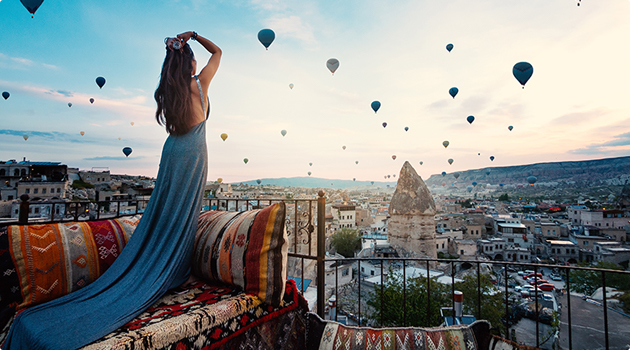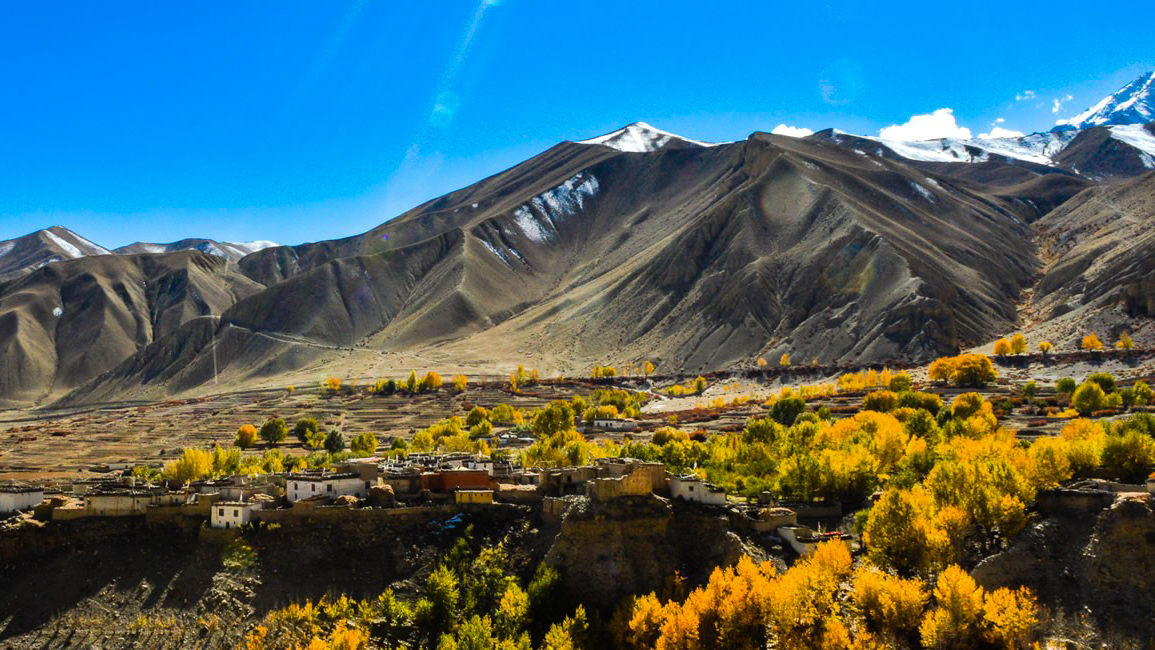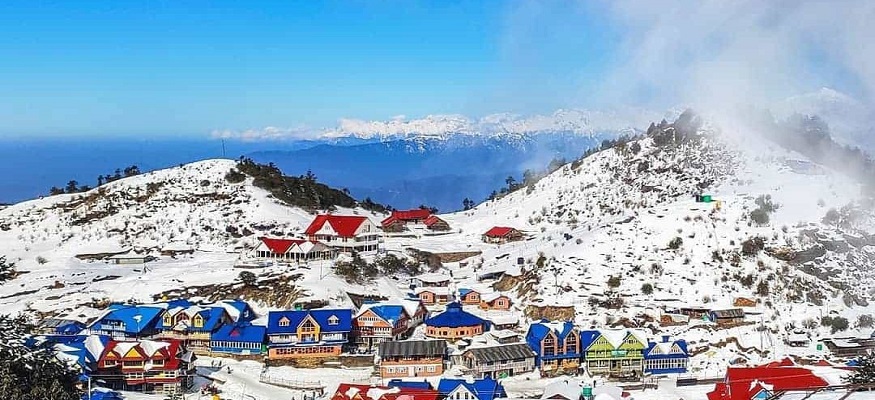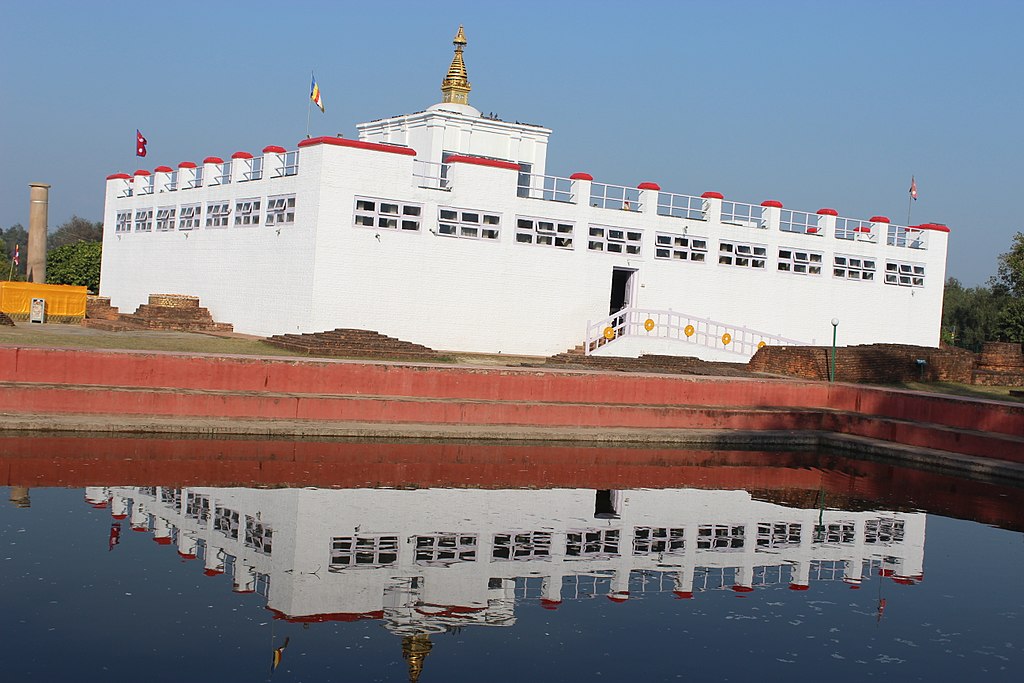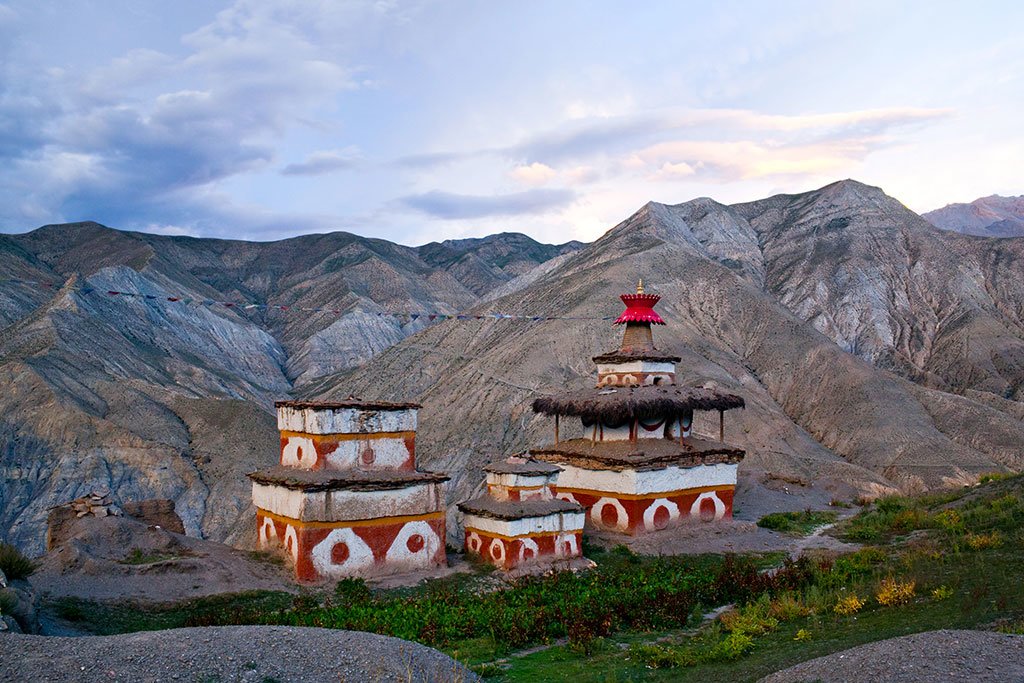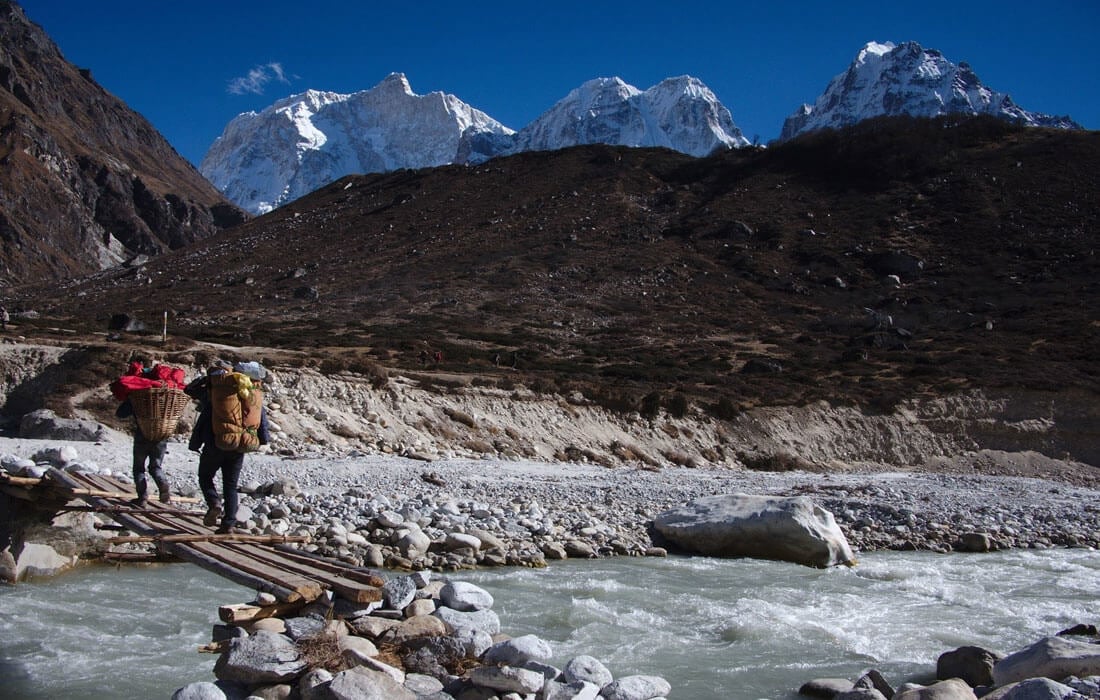 Detailed Information
Detailed Information
Swayambhunath offers a multidimensional spiritual journey that engages all the senses and captivates visitors regardless of their religious background. What makes this ancient hilltop sanctuary so extraordinary is its perfect blend of natural beauty, sacred architecture, living traditions, and the intangible sense of mystery that has drawn pilgrims for over fifteen centuries.
The experience begins with the physical challenge and symbolic journey of ascending the 365 stone steps from the eastern entrance. These steps, representing one for each day of the year, create a metaphorical passage from the mundane world below to the sacred realm above. Many visitors pause during this climb, both to catch their breath and to absorb the increasingly panoramic views of Kathmandu Valley unfolding below. The resident monkeys, believed to be manifestations of divine energy, add an element of unpredictability and liveliness to the ascent.
Upon reaching the main platform, the gleaming white dome of the main stupa commands immediate attention. Unlike many Buddhist monuments that were built by royal decree, Swayambhunath is believed to have arisen spontaneously, marking the spot where the primordial Buddha manifested as light. This origin story infuses the site with a special energy that many visitors describe as palpable. The central dome, representing the world, supports a cubic structure painted with the ever-watchful eyes of the Buddha gazing in the four cardinal directions, crowned by a thirteen-tiered golden spire representing the thirteen steps to enlightenment.
The cultural tapestry surrounding the main stupa creates a rich, multifaceted experience. A diverse collection of shrines, smaller stupas, statues, prayer wheels, and fluttering prayer flags surrounds the central monument. Hindu deities coexist peacefully with Buddhist iconography, demonstrating Nepal's unique religious syncretism. Vajrayana priests perform rituals alongside Hindu astrologers, while devotees of both faiths circumambulate the stupa in a clockwise direction, many reciting mantras or spinning prayer wheels as they walk.
The sensory experience is equally compelling—the air is perfumed with juniper incense and butter lamps, prayer flags snap in the wind, bronze bells ring out with each spin of the prayer wheels, and the melodic chanting of mantras creates a meditative soundscape. The visual panorama extends from intricate religious art to the breathtaking views of the Kathmandu Valley stretching to the Himalayan peaks on clear days.
As day transitions to evening, the atmosphere transforms again as butter lamps are lit and their golden light reflects off the white dome and gilded spires. This magical hour, when the valley below begins to twinkle with lights while the last prayers of the day are offered, captures the timeless quality that has made Swayambhunath a place of pilgrimage and wonder for countless generations.
Swayambhunath offers a multidimensional spiritual journey that engages all the senses and captivates visitors regardless of their religious background. What makes this ancient hilltop sanctuary so extraordinary is its perfect blend of natural beauty, sacred architecture, living traditions, and the intangible sense of mystery that has drawn pilgrims for over fifteen centuries.
The experience begins with the physical challenge and symbolic journey of ascending the 365 stone steps from the eastern entrance. These steps, representing one for each day of the year, create a metaphorical passage from the mundane world below to the sacred realm above. Many visitors pause during this climb, both to catch their breath and to absorb the increasingly panoramic views of Kathmandu Valley unfolding below. The resident monkeys, believed to be manifestations of divine energy, add an element of unpredictability and liveliness to the ascent.
Upon reaching the main platform, the gleaming white dome of the main stupa commands immediate attention. Unlike many Buddhist monuments that were built by royal decree, Swayambhunath is believed to have arisen spontaneously, marking the spot where the primordial Buddha manifested as light. This origin story infuses the site with a special energy that many visitors describe as palpable. The central dome, representing the world, supports a cubic structure painted with the ever-watchful eyes of the Buddha gazing in the four cardinal directions, crowned by a thirteen-tiered golden spire representing the thirteen steps to enlightenment.
The cultural tapestry surrounding the main stupa creates a rich, multifaceted experience. A diverse collection of shrines, smaller stupas, statues, prayer wheels, and fluttering prayer flags surrounds the central monument. Hindu deities coexist peacefully with Buddhist iconography, demonstrating Nepal's unique religious syncretism. Vajrayana priests perform rituals alongside Hindu astrologers, while devotees of both faiths circumambulate the stupa in a clockwise direction, many reciting mantras or spinning prayer wheels as they walk.
The sensory experience is equally compelling—the air is perfumed with juniper incense and butter lamps, prayer flags snap in the wind, bronze bells ring out with each spin of the prayer wheels, and the melodic chanting of mantras creates a meditative soundscape. The visual panorama extends from intricate religious art to the breathtaking views of the Kathmandu Valley stretching to the Himalayan peaks on clear days.
As day transitions to evening, the atmosphere transforms again as butter lamps are lit and their golden light reflects off the white dome and gilded spires. This magical hour, when the valley below begins to twinkle with lights while the last prayers of the day are offered, captures the timeless quality that has made Swayambhunath a place of pilgrimage and wonder for countless generations.

From $0
Price Varies from Group Size
Success
Here goes about why the success toast occurred.
 Activity Outline
Activity Outline
Sunrise Ascent
Main Stupa Complex
Monastery and Museum Visit
Hilltop Exploration
Western Approach and Surrounding Temples
Cultural Demonstrations and Practices
Sunset and Evening Rituals
 Good to Know
Good to Know
The steep 365-step eastern stairway is flanked by colorful prayer flags and lined with vendor stalls selling traditional crafts and offerings.
Cultural Highlights
Holy Monkeys: Believed to have originated from head lice of the bodhisattva Manjushri
Buddhist-Hindu Syncretism: Sacred to both religions, demonstrating Nepal's religious harmony
Daily Rituals: Continuous flow of devotees performing circumambulation, offerings, and prayers
Buddha Jayanti Festival: Celebration of Buddha's birth, enlightenment, and passing into nirvana
Gunla Festival: Month-long Buddhist festival featuring daily musical processions to the stupa
Visitor Etiquette
Circumambulate the stupa and other sacred structures in a clockwise direction
Speak quietly and be mindful of those engaged in prayer or meditation
Dress modestly, covering shoulders and knees
Remove shoes when entering temple buildings
Do not touch offerings or ritual objects unless invited to participate
Ask permission before photographing monks or ceremonies
Be careful around the monkeys—do not feed them or make direct eye contact
Nearby Attractions
Balaju Water Garden: Historic garden with 22 stone water spouts (15-minute drive)
Narayanhiti Palace Museum: Former royal palace now open to visitors (20-minute drive)
Thamel: Kathmandu's tourist district with shops and restaurants (20-minute drive)
Kathmandu Durbar Square: Historic royal palace complex (25-minute drive)
Patan: City of fine arts with impressive Durbar Square (40-minute drive)
 Reviews
Reviews
 FAQs (Frequently Asked Questions)
FAQs (Frequently Asked Questions)
Your queries are answered.
What is the significance of the eyes painted on the stupa?
The eyes represent the all-seeing eyes of the Buddha, looking in the four directions to symbolize his omniscience. The third eye represents spiritual awakening, while the question mark-like nose symbolizes the path to enlightenment and the unity of all things.
Is it difficult to climb the stairs to the temple?
The eastern approach involves climbing 365 steps, which can be challenging, especially in hot weather. However, there is also a road access from the western side with fewer steps. Most people of reasonable fitness can manage the climb by taking it slowly.
When is the best time to visit Swayambhunath?
Early morning (6:00-8:00 AM) offers a peaceful atmosphere and good lighting for photography, while sunset provides spectacular views of the valley. The site is less crowded on weekdays, and visiting during major Buddhist festivals provides an opportunity to witness special ceremonies.
Are monkeys dangerous?
While generally peaceful, the monkeys are wild animals and can become aggressive if they feel threatened or if they see food. It's advisable not to carry visible food items, avoid direct eye contact with monkeys, and keep a respectful distance.
Can non-Buddhists participate in the rituals?
Absolutely. Visitors of all faiths are welcome to respectfully participate in circumambulation, prayer wheel spinning, and butter lamp offerings. The site embraces multiple religious traditions and welcomes sincere interest from all visitors.
How old is Swayambhunath?
While the exact origins are shrouded in legend, historical records indicate the stupa dates to at least the 5th century CE, with some components potentially much older. The site has been continuously developed and renovated over the centuries.
Did the 2015 earthquake damage Swayambhunath?
Yes, the complex suffered damage during the April 2015 earthquake, with several shrines and peripheral structures affected. However, the main stupa remained largely intact, and most damaged areas have since been restored through international conservation efforts.
